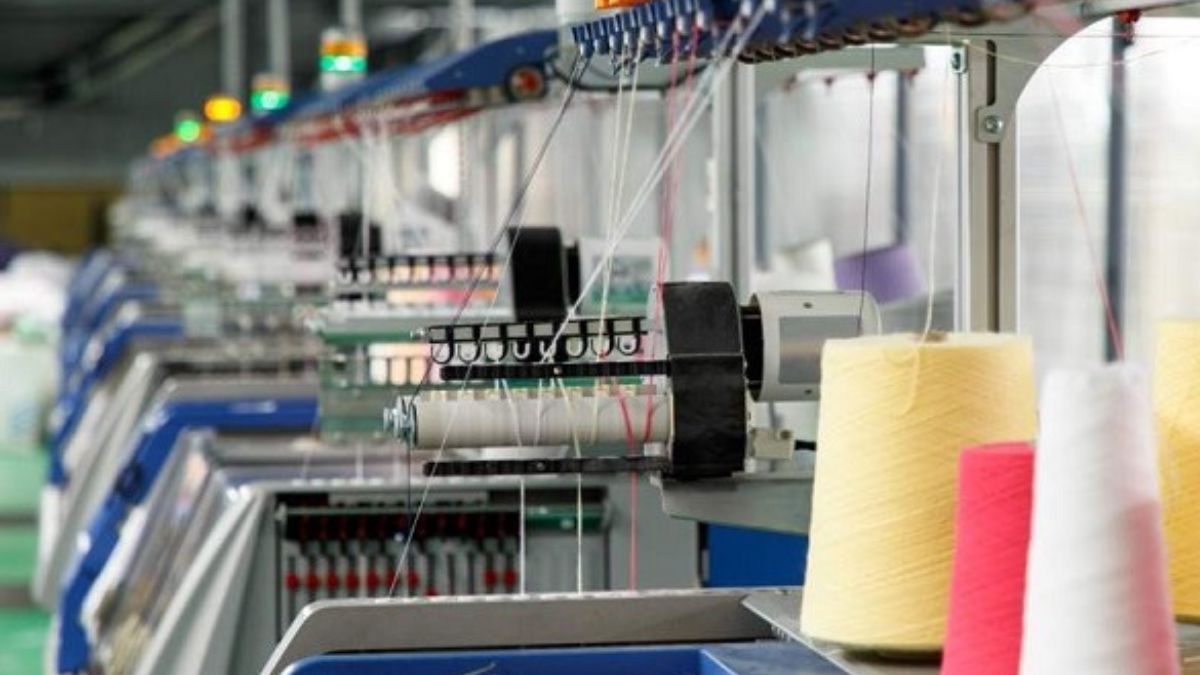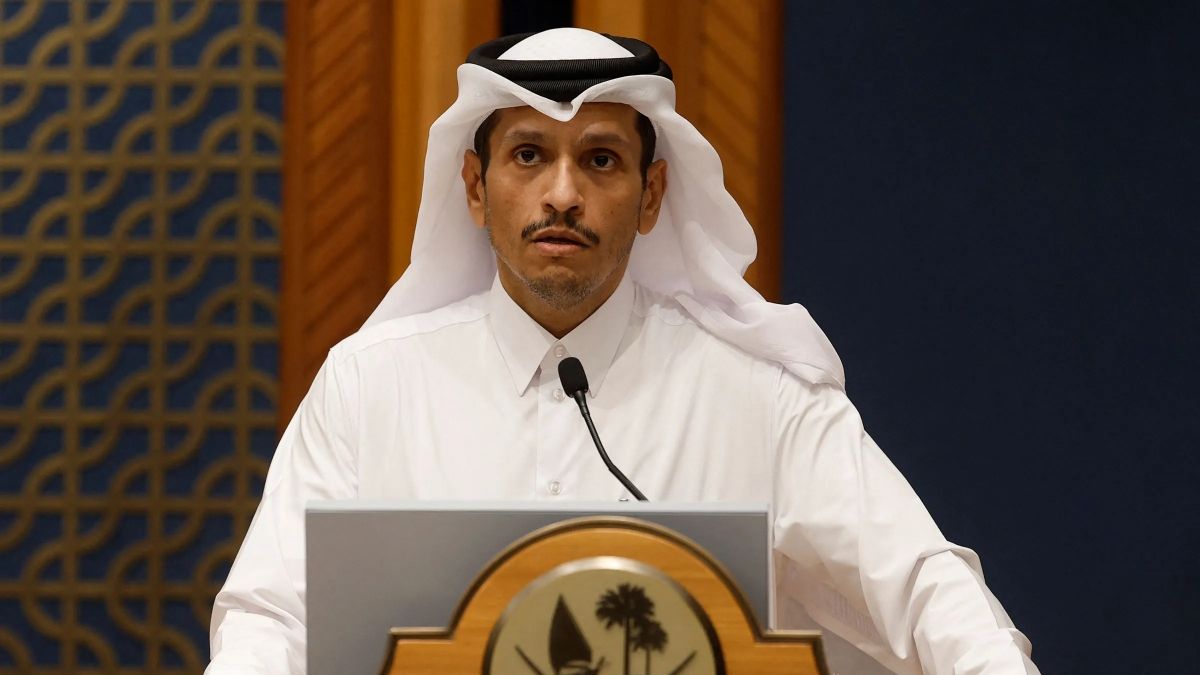There are countless classic car rallies – in Europe and around the world. But none of the events is like the legendary Mille Miglia – even the Corona pandemic does not change that. The classic race in the northern half of Italy inspires the masses all over the world – and is also getting ready for electromobility.
The pandemic has had a huge impact on the classic car scene over the past 18 months. Unlike the auctions, which could at least take place virtually, it looks different with the popular classic car rallies. Nothing works on the screen and the Mille Miglia, in addition to the fixed date in the annual calendar, has long been an Italian economic factor on which many municipalities, tourism associations and, last but not least, the organizers rely. After last year’s race went through the pandemic into autumn 2020, the almost 400 teams this time, with a slight shift from May, went back to the traditional route from Brescia to Rome and back again in early summer. The original racing event of the Mille Miglia was held as an official road race from 1927 to 1957. The Mille has been held as a regularity race for historic vehicles since 1977 and has been the most renowned classic car rally in the world ever since. Half of Italy on four historic wheels – and if you want, you can now even be there in an electric car.
Not only did the Italian home players dominate the lightning-fast car spectacle for many years, but also the German manufacturers celebrated spectacular successes at the original Mille Miglia between 1927 and 1957. The legend of Rudolf Caracciola’s surprise victory in 1931 in his Mercedes SSKL, who covered over 1,600 kilometers on April 12th / 13th, 1931 together with his co-driver Wilhelm Sebastian in 16 hours, 10 minutes and 10 seconds, is a legend. Caracciola was the first non-Italian driver to win the Mille Miglia and outperform 150 other drivers. The 300 hp Mercedes SSKL with its 7.1 liter six-cylinder compressor managed 235 km / h on the straight and duped the competition.
Stirling Moss holds the real Mille Miglia record
But not only Mercedes left its mark on the Mille Miglia as a racing event. One of the great classics on the historic Mille is still the BMW 328, which caused a sensation in the late 1930s. At the Italian car race, he first drew attention to himself in 1938 when he won the classification for vehicles with a maximum displacement of 2.0 liters. Two years later, Fritz Huschke von Hanstein and Walter Bäumer achieved overall victory in the aerodynamically clad BMW 328 Mille Miglia Touring Coupé.
To this day, Stirling Moss holds the true Mille Miglia record. Together with Denis Jenkinson, the Briton thundered through the northern half of Italy in his Mercedes 300 SLR of the W 196 S series, setting a record for eternity in 1955 in 10: 07.48 hours. Her average speed: an unbelievable 157.65 km / h. The participants in today’s classic car rally can only dream of this and almost all of them have already done it before the start. Because even when it comes to regularity in countless time trials, the Mille Miglia is driven very sharply and the sometimes loose Italian rules in road traffic are now suspended for four days. The almost lawless frenzy – not only tolerated in Italy for many years, but celebrated during the classic car race – has become an extremely brisk rally in which classic cars are a real show every time.
1800 Kilometer
Whether it’s the high-speed races of yore or the most spectacular classic car rally in the world – in the end everyone feels like heroes when they cross the finish line, because the almost 1,800 kilometers at an ambitious gallop demand a lot from man and machine. At this year’s 39th edition, the driver pairing Andrea Vesco and Fabio Salvinelli won in an Alfa Romeo 6C 1750 Super Sport from 1929 with starting number 43. Andrea Vesco celebrated his third success in the Italian classic. Last year Andrea Vasco won the race together with his father Roberto. Andrea Vesco and Fabio Salvinelli ultimately won with a narrow 56 point lead over the Lancia Lambda Spider Casaro with starting number 41, also from 1929, which was driven by Andrea Luigi Belometti and Gianluca Bergomi. Also in third place was a Lancia Lambda Spider Casaro with the team Gianmario Fontanella and Anna Maria Covelli. In the new categories Mille Miglia Experience, Kimura Hidemoto and Kawashima Shintaro won in a rare Aston Martin V8 Zagato, while Stefano Orlandini and Dennis D ‘Amico won the Mille Miglia Green in an electric Jaguar I-Pace and over again after four hot days drove the start and finish ramp in Brescia. Of 375 racing teams, 341 saw the black and white checkered flag despite the scorching temperatures.
I am Pierce Boyd, a driven and ambitious professional working in the news industry. I have been writing for 24 Hours Worlds for over five years, specializing in sports section coverage. During my tenure at the publication, I have built an impressive portfolio of articles that has earned me a reputation as an experienced journalist and content creator.



